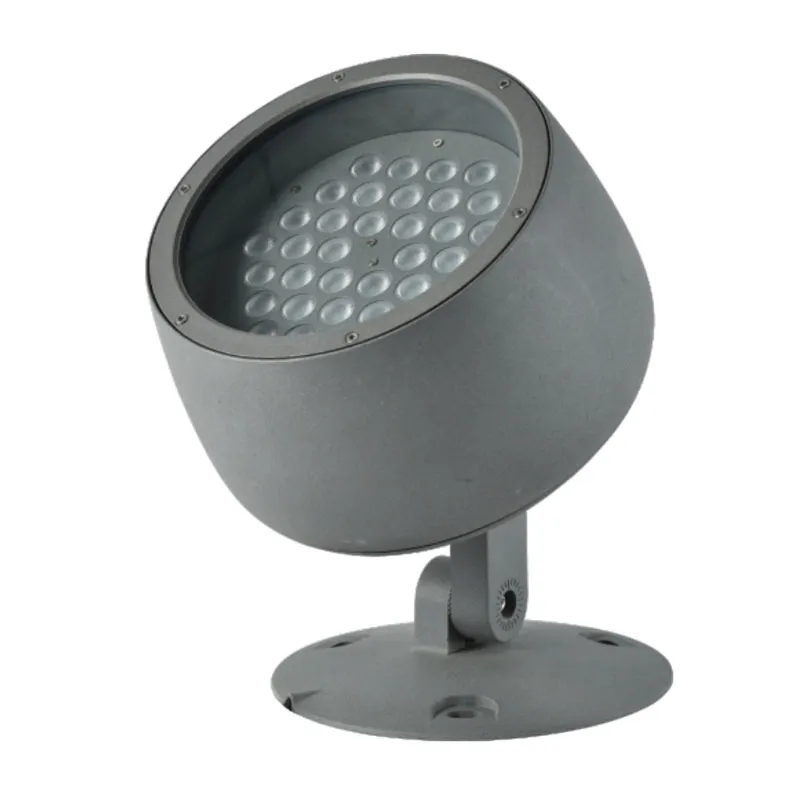- English
- Español
- Português
- русский
- Français
- 日本語
- Deutsch
- tiếng Việt
- Italiano
- Nederlands
- ภาษาไทย
- Polski
- 한국어
- Svenska
- magyar
- Malay
- বাংলা ভাষার
- Dansk
- Suomi
- हिन्दी
- Pilipino
- Türkçe
- Gaeilge
- العربية
- Indonesia
- Norsk
- تمل
- český
- ελληνικά
- український
- Javanese
- فارسی
- தமிழ்
- తెలుగు
- नेपाली
- Burmese
- български
- ລາວ
- Latine
- Қазақша
- Euskal
- Azərbaycan
- Slovenský jazyk
- Македонски
- Lietuvos
- Eesti Keel
- Română
- Slovenski
- मराठी
- Srpski језик
What is an energy-saving industrial and mining lamp?
2024-11-14
Energy-saving industrial and mining lamps use energy-saving technology based on the traditional industrial and mining lamp technology to save power consumption, increase illumination, and save investment funds.

1. Definition of energy-saving industrial and mining lamp headlines
Industrial and mining lamps are one type of special-purpose lamps. As the name suggests, industrial and mining lamps are lamps used in factories, mines and other production operations.
2. Classification of energy-saving industrial and mining lamps
Industrial and mining lamps can be divided into general lighting lamps and local lighting lamps according to their lighting functions:
General lighting lamps are usually evenly arranged above or on the side walls of the work site to illuminate the entire work surface. It is necessary to use larger-power incandescent lamps, tungsten halogen lamps, high-intensity gas discharge lamps or a larger number of fluorescent lamps. Most industrial and mining lamps fall into this category. General lighting lamps have high requirements on light distribution, and two types of light distribution, direct lighting type and semi-direct lighting type, are widely used, especially the latter. Part of the semi-direct lighting type emits upward light to illuminate the ceiling, which can increase the brightness of the ceiling and create a more comfortable and brighter environment.
Local lighting is a lamp that improves the illumination of a certain working area. Its function can be to strengthen and supplement lighting on the basis of general lighting, or it can be used as temporary lighting in some places where lighting is not usually needed (such as equipment inspection and maintenance places). Most of their light distributions are not strictly regulated. Local lighting is usually installed near the work area, using incandescent lamps and tungsten halogen lamps with safe extra-low voltage (≤50V, AC effective value) as light sources. There are (portable) running lights, hanging lights, work desk lights, machine tool work lights, etc. In some tall factories, floodlights are sometimes used for local lighting.
3. Requirements for the use of energy-saving industrial and mining lamps
In order to meet the visual needs of different production operations and the installation conditions of lamps, the reflector of the industrial and mining lamp should be able to produce light distribution of various widths and narrowness. Painting or glazing the surface to make it appear white, and using reflectors made of aluminum, glass mirrors, prism glass and other materials can obtain a wide light distribution, which is suitable for large-area workplaces where the working surface is vertical or nearly vertical. . For tall factories and places with tall machine tools that require separate lighting, reflectors made of materials with strong light control properties such as prism glass, mirror glass, and polished aluminum can be used to obtain a narrow beam distribution.
In order to work reliably for a long time in dusty, humid and other places with poor environmental conditions, industrial and mining lamps have special requirements in terms of structural design, shell and reflector. In dusty environments, closed lamps or convection lamps with upward luminous flux should be used; in humid environments, attention should be paid to the sealing of the shell and the surface treatment of the reflector; in general, open lamps are commonly used indoors, using enamel surface reflectors and surface oxidation. Aluminum reflectors with a thick aluminum film layer or coated with a silica protective film; considering the inevitable vibration in the production site, anti-loosening lamp holders should be used for fixed light sources, etc.
4. Fixing methods of energy-saving industrial and mining lamps
Generally, lighting lamps come in the form of ceiling-mounted, embedded, hoisting (using straight tubes or chains), and wall-mounted. Movable local lighting is equipped with corresponding hooks, handles, clamping feet, etc.; fixed local lighting is generally firmly locked on the working machine with screws or fixing mechanisms.



